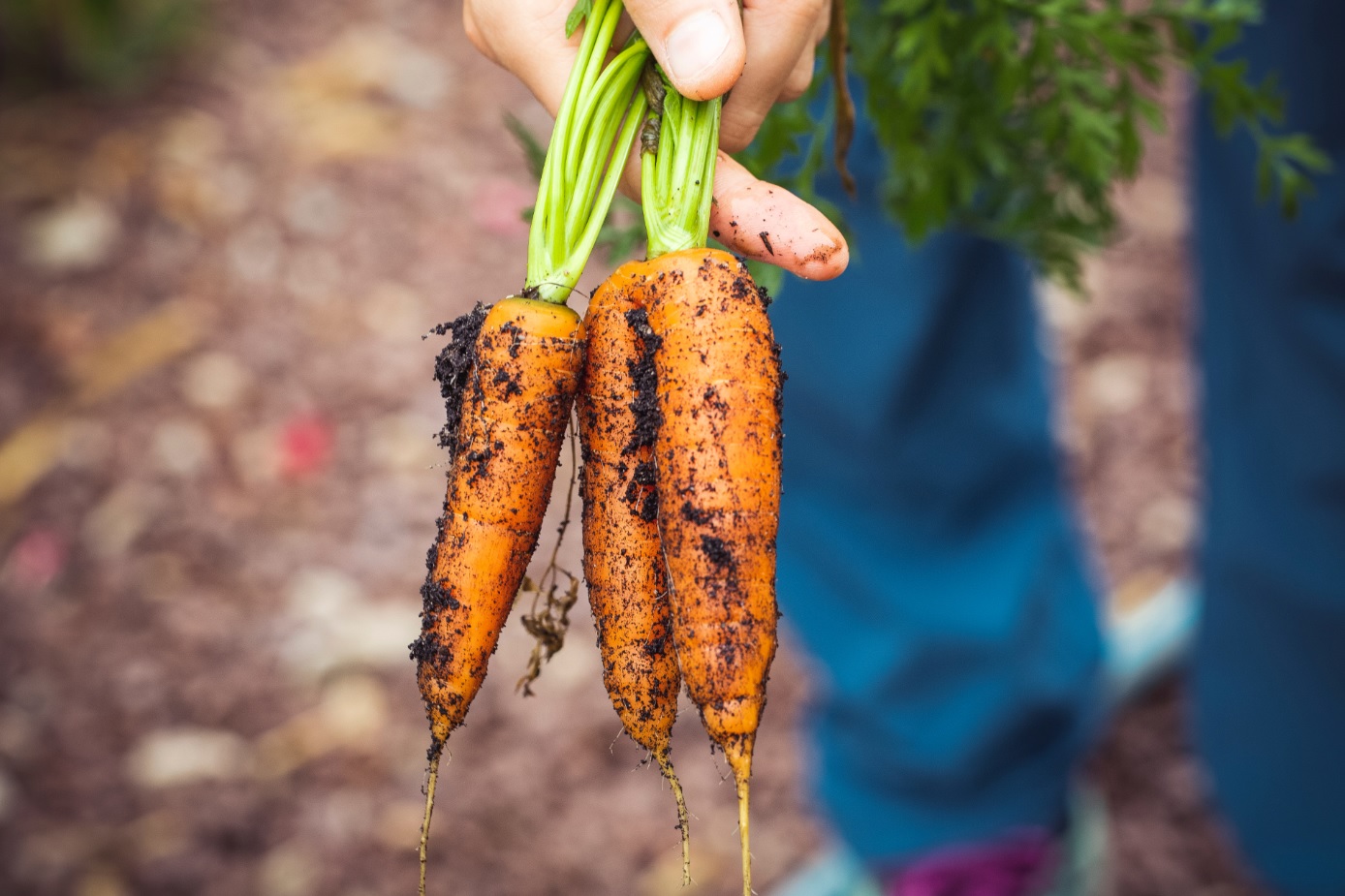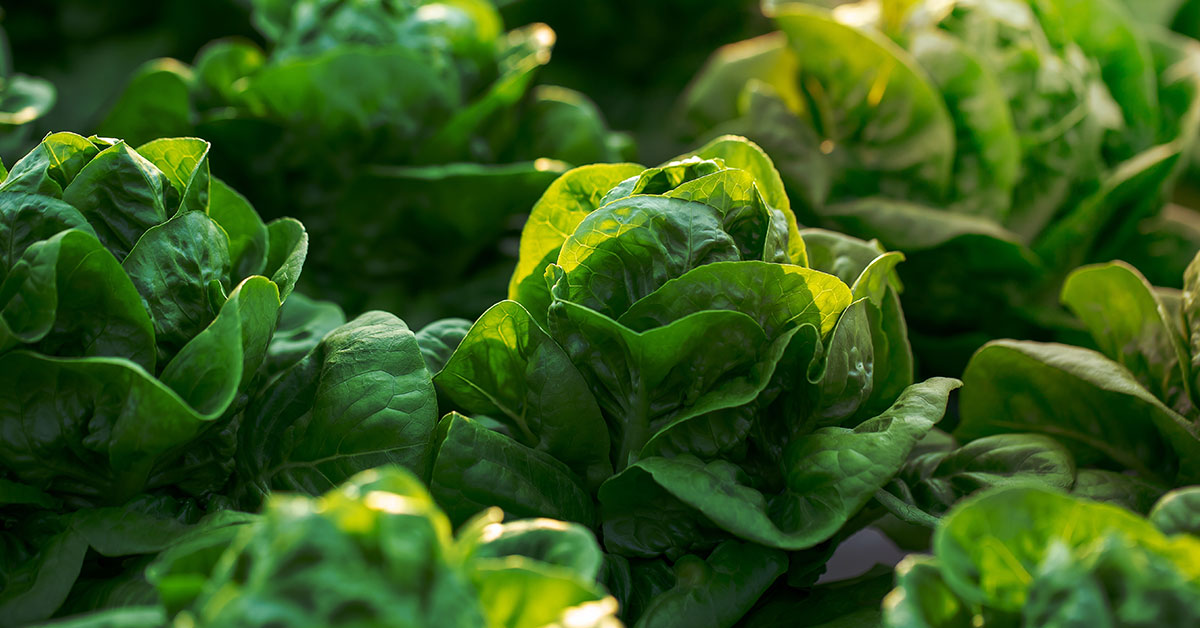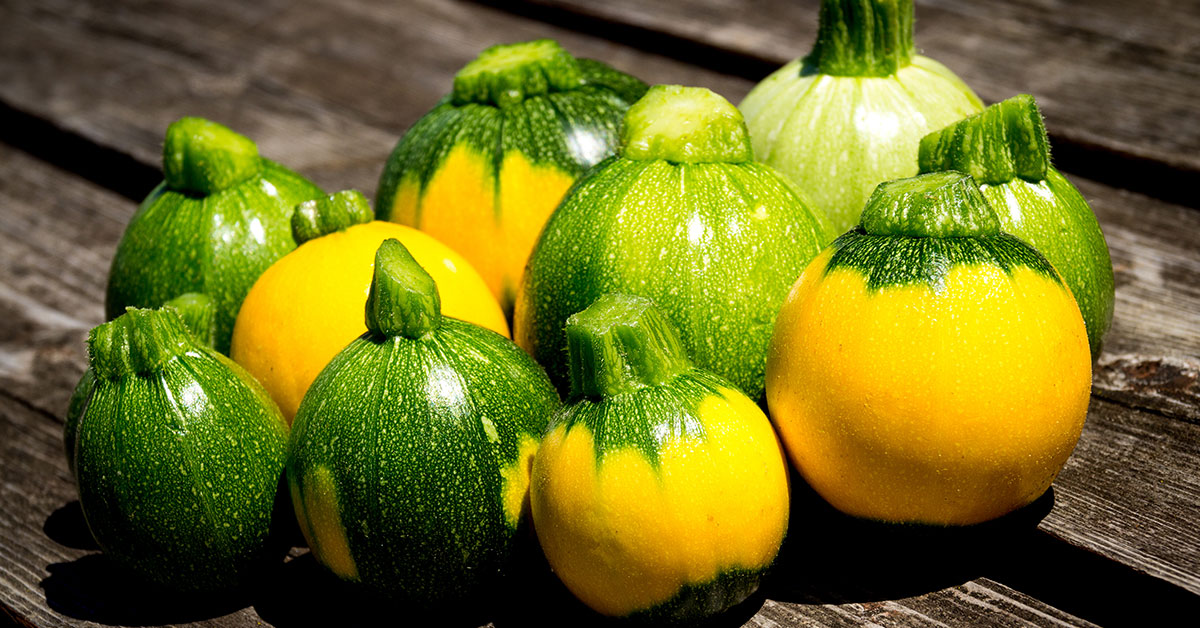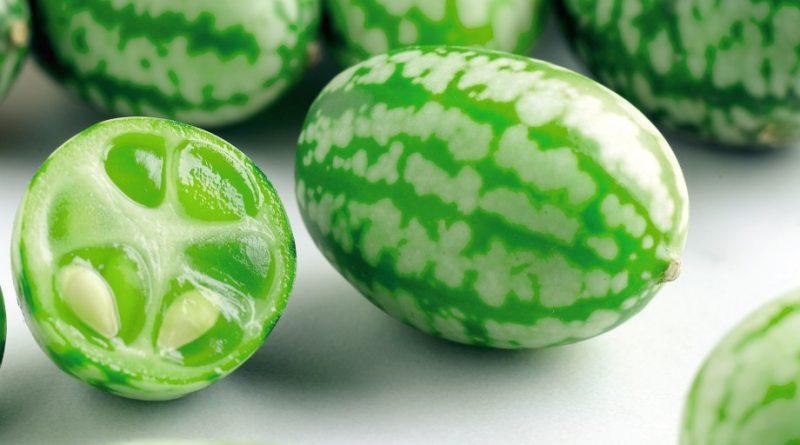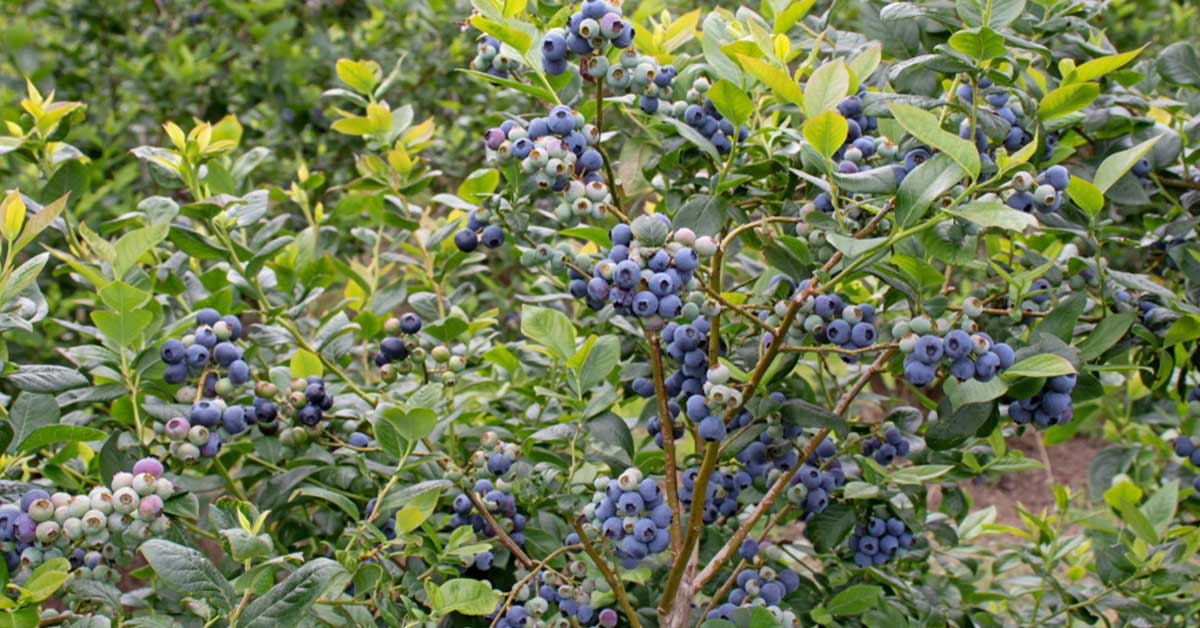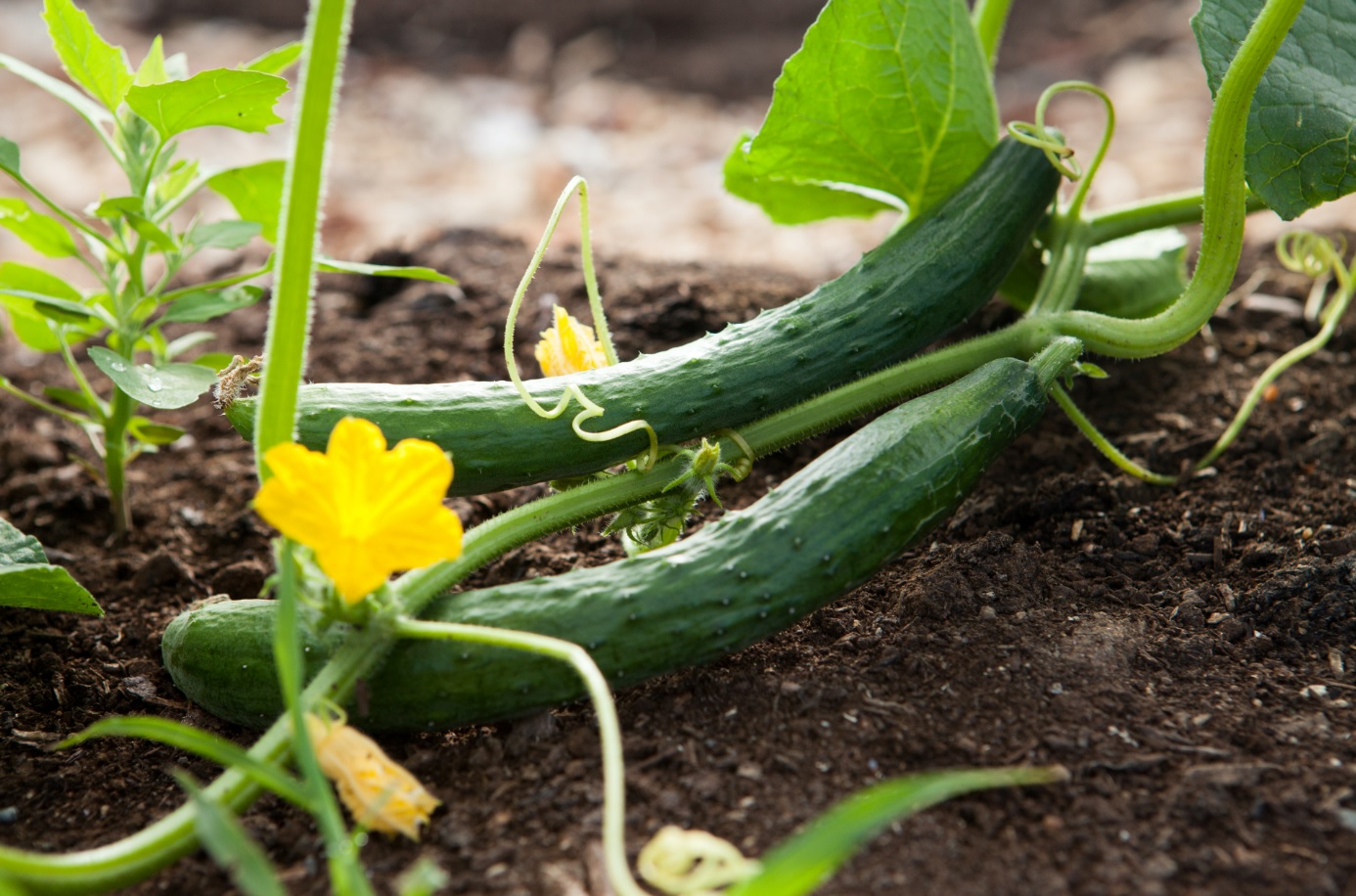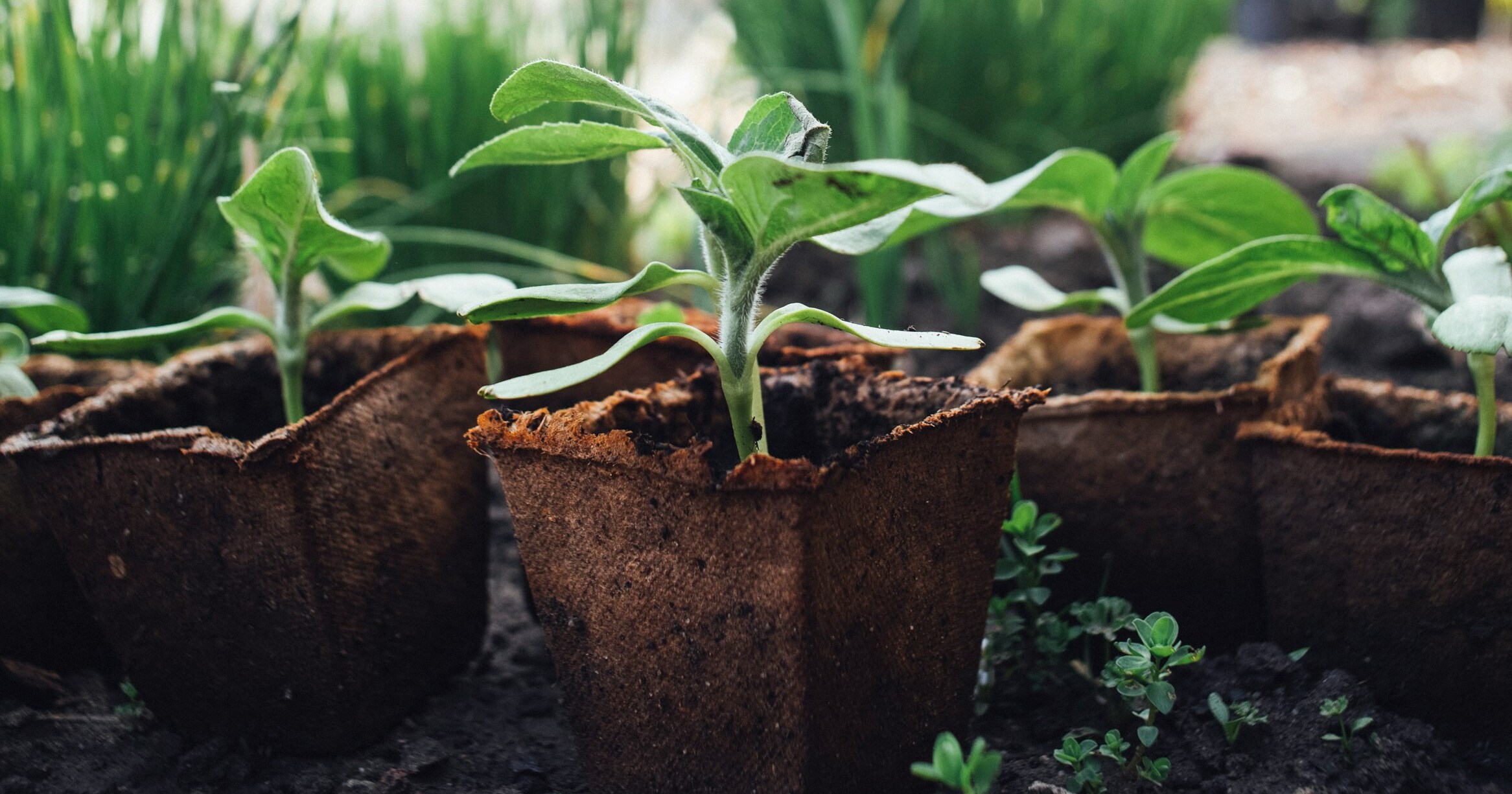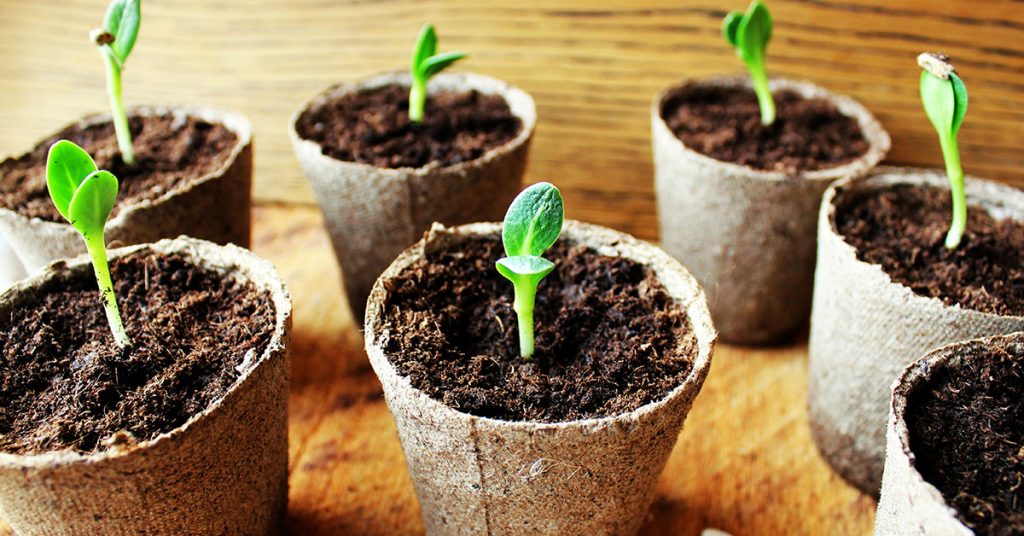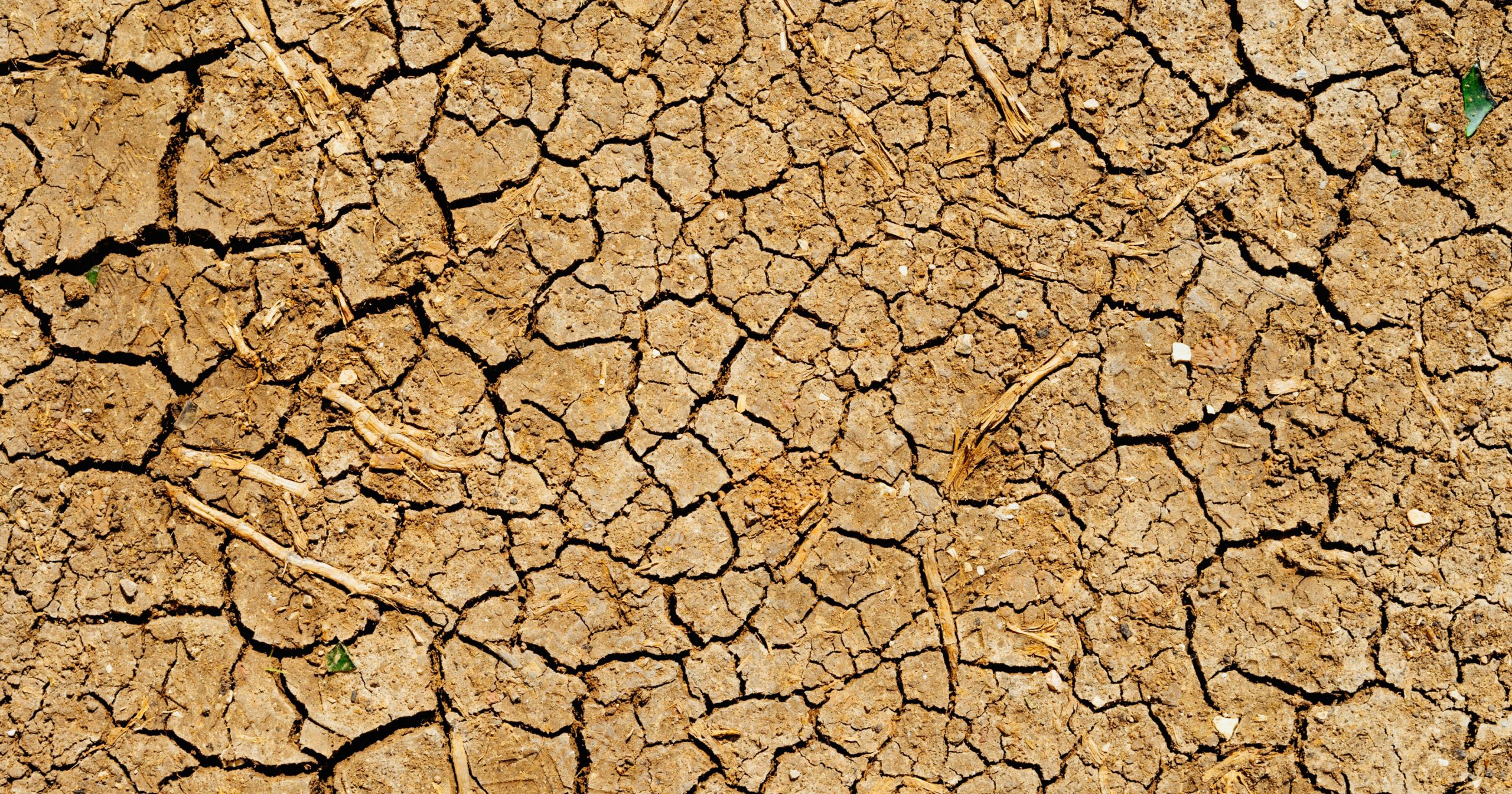Growing carrots can be incredibly rewarding, offering a crisp, sweet reward for your gardening efforts. However, achieving perfect carrots can sometimes be challenging due to issues like poor soil conditions, pests, or improper watering. As an experienced gardener, I’ve navigated these challenges and can provide you with the insights needed to cultivate a bountiful carrot harvest.
In this article, I will answer the top ten questions about growing carrots, providing thorough and practical advice to help you succeed. Whether you’re a seasoned gardener or a newbie, these expert tips will guide you through the process from planting to harvesting. Let’s dig in and explore the world of growing carrots!
When Is the Best Time to Plant Carrots?
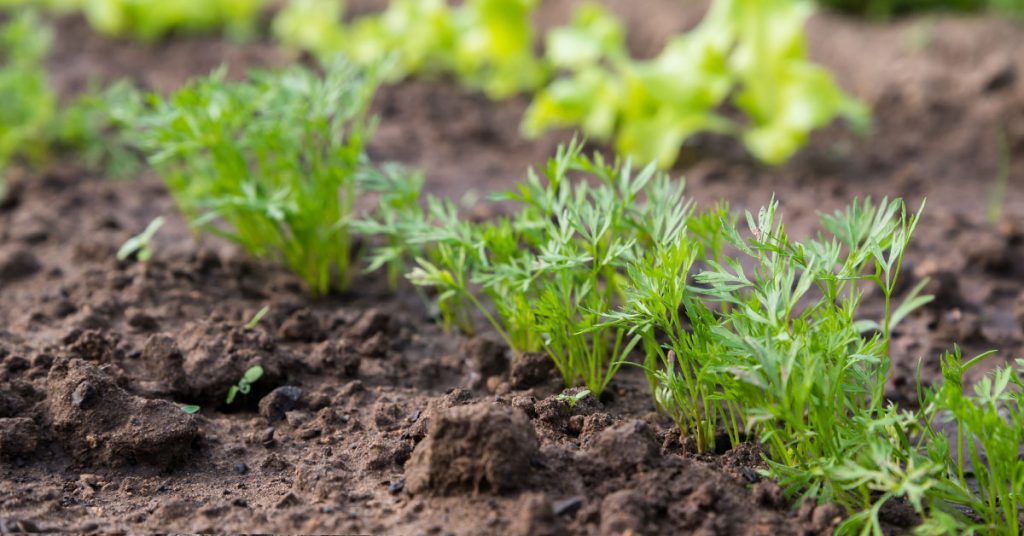
The best time to plant carrots depends on your climate, but generally, carrots are a cool-season crop. They thrive in temperatures between 55°F and 75°F (13°C to 24°C). In most regions, you can plant carrot seeds in early spring, about 2-4 weeks before the last expected frost. For a fall harvest, plant carrots in mid- to late summer, allowing them to mature as the weather cools.
One of my favorite things about growing carrots is their versatility in planting times. In regions with mild winters, you can even plant carrots in the fall for a winter harvest. Just be sure to provide some frost protection, such as a row cover, to extend the growing season. This flexibility makes carrots an excellent choice for continuous gardening.
How Should I Prepare the Soil for Carrots?
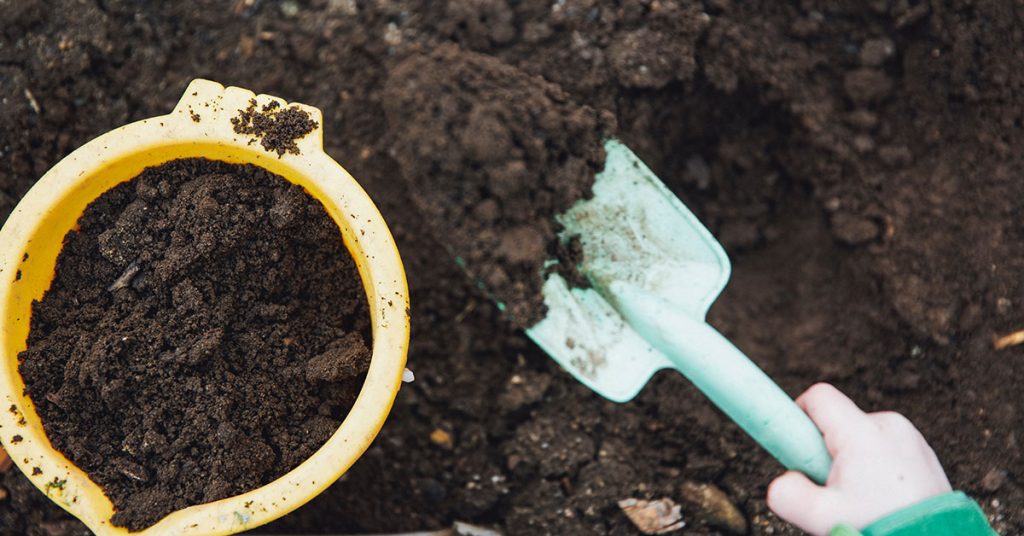
Carrots require loose, well-drained soil free of rocks and heavy clumps to develop straight, smooth roots. Start by deeply tilling or turning the soil to a depth of at least 12 inches. Amend the soil with plenty of organic matter, such as compost or well-rotted manure, to improve its texture and fertility. Avoid using fresh manure, as it can lead to forked or misshapen roots.
Maintaining a slightly acidic to neutral soil pH (6.0 to 6.8) is ideal for growing carrots. Conduct a soil test to determine the pH and nutrient levels, adjusting as necessary. If your soil is heavy clay, consider growing carrots in raised beds or containers filled with a loamy, sandier soil mix. This preparation ensures that your carrots have the best environment to grow straight and healthy.
How Deep Should I Plant Carrot Seeds?

Carrot seeds are tiny and need to be planted shallowly. Sow the seeds about 1/4 inch deep and cover them lightly with soil. Space the seeds about 1 inch apart in rows that are 12-18 inches apart. After sowing, water the soil gently to ensure good seed-to-soil contact and keep it consistently moist until germination, which can take 1-3 weeks.
One of the challenges with planting carrot seeds is their small size, which can make even spacing difficult. To help with this, you can mix the seeds with sand before sowing or use seed tape for more uniform spacing. Once the seedlings are about 1-2 inches tall, thin them to about 2-3 inches apart to give each plant enough room to develop properly. Proper planting depth and spacing are crucial for healthy carrot growth.
How Often Should I Water My Carrots?
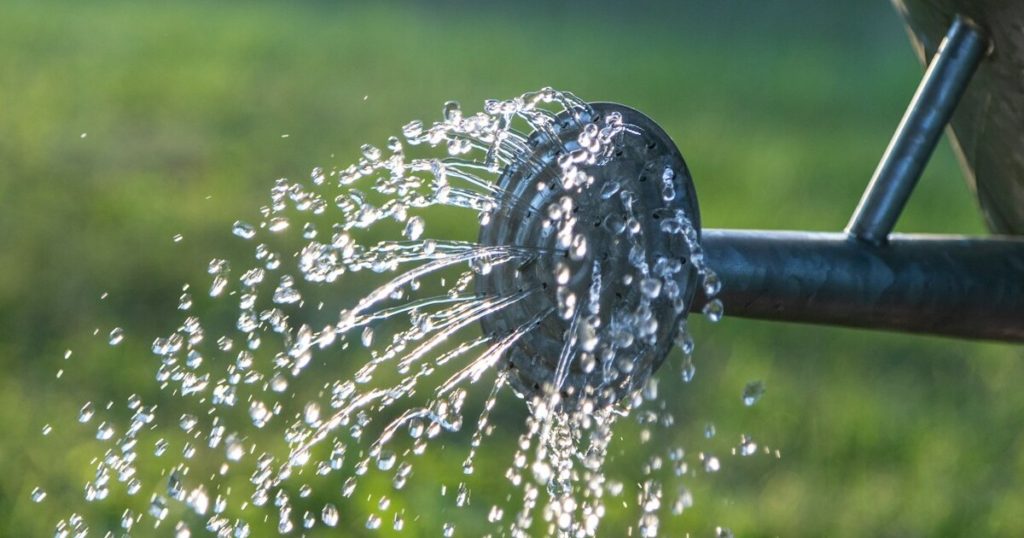
Consistent moisture is key to growing healthy carrots. Carrots need about 1 inch of water per week, depending on rainfall and soil conditions. It’s better to water deeply and less frequently to encourage deep root growth. Shallow watering can lead to shallow roots and misshapen carrots.
Water your carrots early in the day to reduce the risk of fungal diseases and allow the foliage to dry out before nightfall. Mulching around your carrot plants can help retain soil moisture and keep the roots cool. Be careful not to overwater, as waterlogged soil can cause the roots to rot. Keeping the soil consistently moist but not soggy is essential for growing straight and sweet carrots.
What Are the Common Pests and How Do I Control Them?
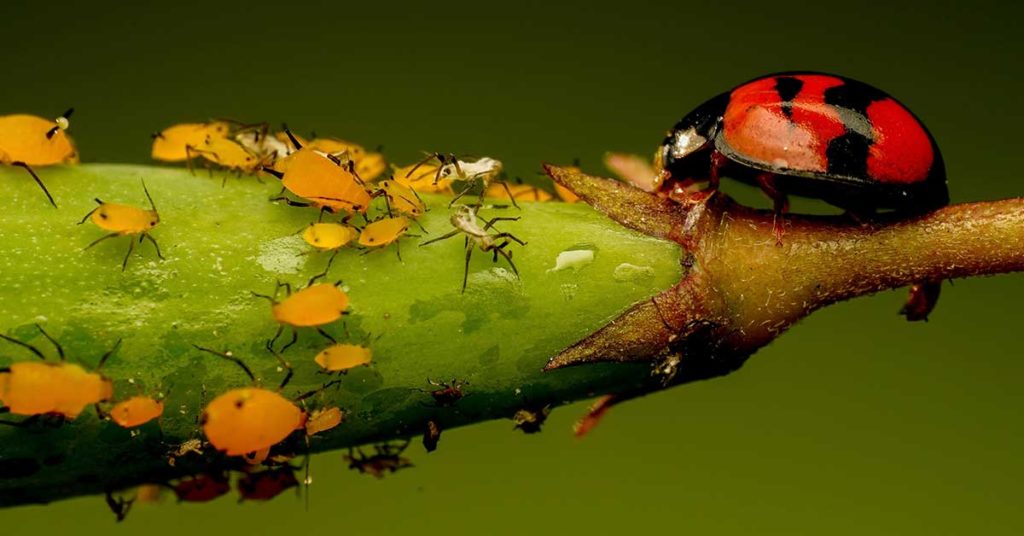
Carrots can be affected by several pests, including carrot rust flies, aphids, and nematodes. Carrot rust flies lay eggs near the soil surface, and the larvae feed on the roots, causing tunnels and discoloration. To prevent this, use floating row covers to keep the flies away from the plants. Crop rotation and good garden hygiene also help reduce pest populations.
Aphids can be controlled by introducing beneficial insects like ladybugs and lacewings or by spraying with insecticidal soap. Nematodes, microscopic worms that attack the roots, can be managed by planting marigolds nearby, which naturally repel them. Regularly inspecting your plants and taking early action can help keep these pests under control and ensure a healthy carrot crop.
How Can I Prevent Carrot Diseases?
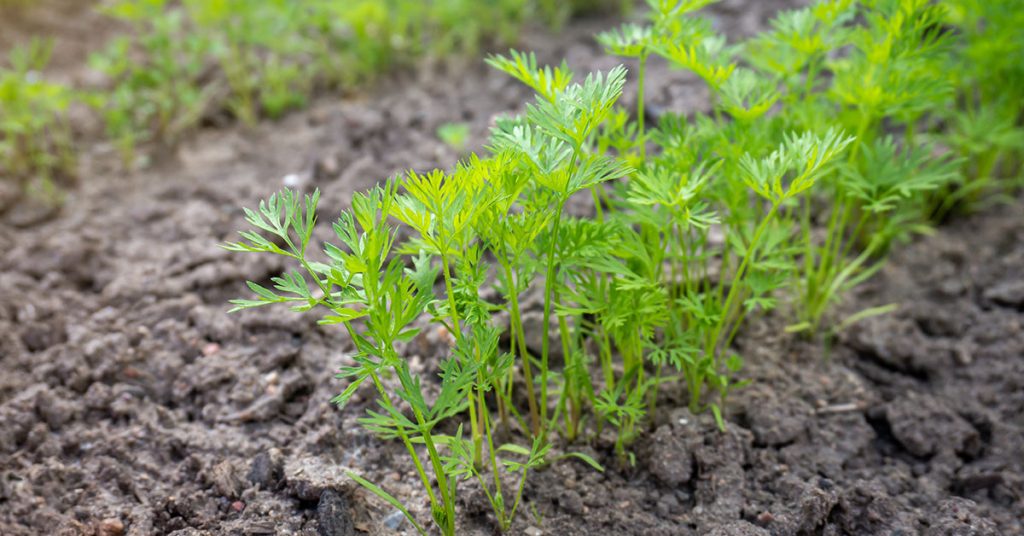
Carrots are susceptible to diseases such as leaf blight, root rot, and powdery mildew. Preventing these diseases starts with selecting disease-resistant varieties and practicing good crop rotation. Avoid planting carrots in the same spot where other root vegetables have grown in the past few years to reduce the risk of soil-borne diseases.
Maintaining proper spacing and ensuring good air circulation around your plants can help prevent fungal diseases. Water at the base of the plants rather than overhead to keep the foliage dry. If you notice signs of disease, such as yellowing leaves or spots, remove and dispose of the affected plants to prevent the spread. Healthy gardening practices and vigilant monitoring are key to preventing and managing carrot diseases.
When and How Should I Fertilize My Carrots?
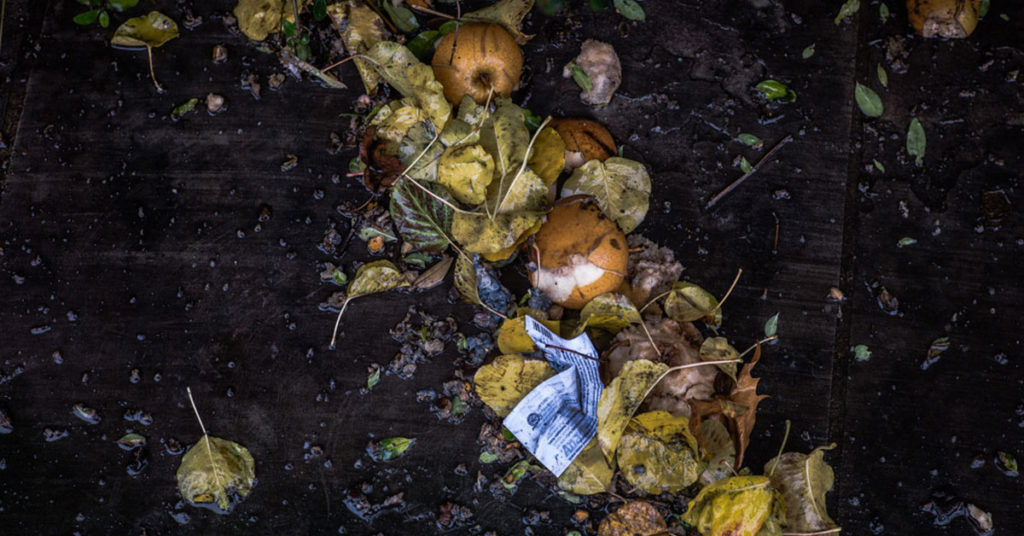
Carrots benefit from a balanced fertilizer that provides essential nutrients without excessive nitrogen, which can lead to lush foliage but poor root development. Before planting, work a general-purpose fertilizer or compost into the soil. Once the carrots are established, side-dress with a balanced fertilizer (5-10-10 or similar) when the plants are about 4 inches tall.
Avoid over-fertilizing, as too much fertilizer can cause forked and misshapen roots. Organic options like compost tea or fish emulsion are excellent for providing nutrients without the risk of over-fertilization. Always follow the recommended application rates and water the fertilizer in well to ensure it reaches the root zone. Proper fertilization supports healthy root growth and improves your carrot harvest.
How Do I Thin Carrot Seedlings?
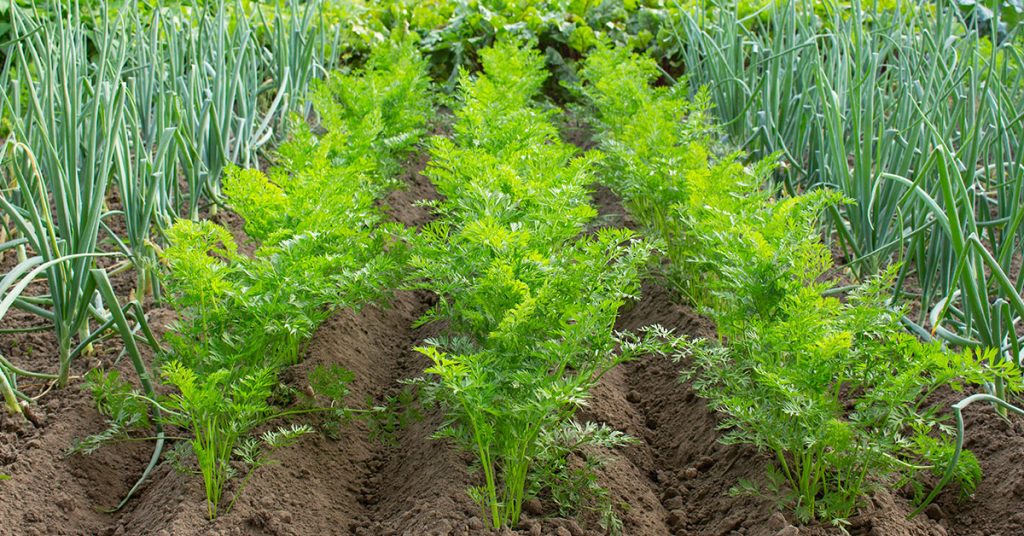
Thinning carrot seedlings is crucial for allowing enough space for each carrot to grow properly. When the seedlings are about 1-2 inches tall, thin them to about 2-3 inches apart. Thinning can be done by gently pulling out the excess seedlings or snipping them at the soil level to avoid disturbing the remaining plants.
One of my favorite tips is to thin the seedlings in stages if you’re hesitant about removing too many at once. Start by thinning to 1 inch apart, then thin again to the final spacing a few weeks later. This approach reduces the shock to the plants and helps ensure a better yield. Proper thinning prevents overcrowding and promotes the growth of straight, healthy carrots.
How Do I Know When to Harvest My Carrots?
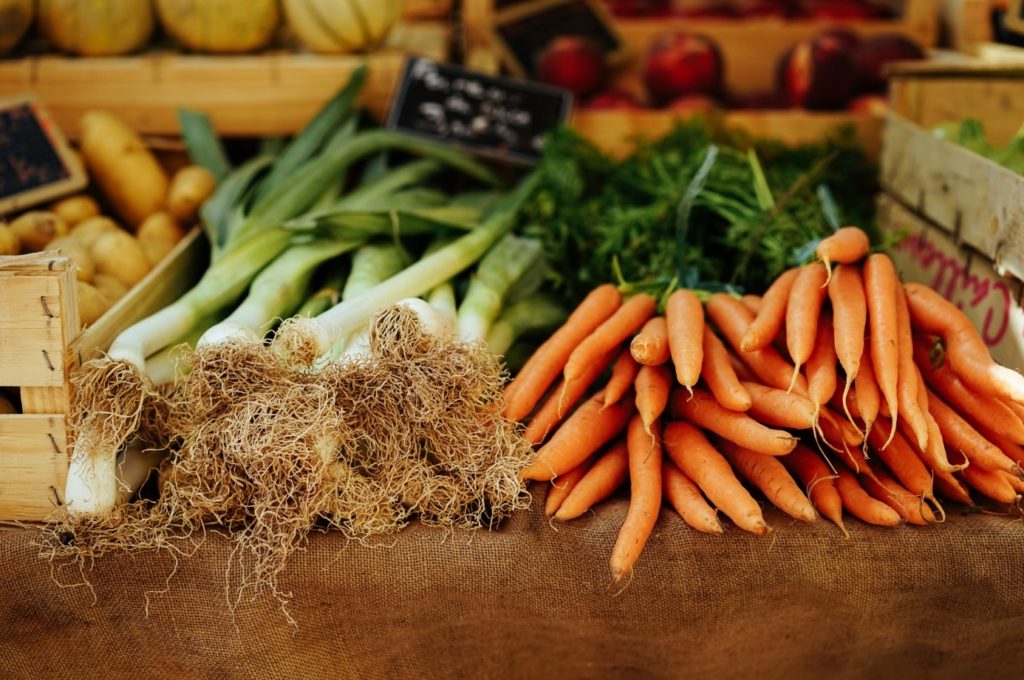
Knowing when to harvest your carrots ensures they are at their peak flavor and texture. Most carrot varieties are ready to harvest 60-80 days after planting. Check the seed packet for the specific maturity date for your variety. Carrots are ready to harvest when they reach a desirable size and the tops of the roots are visible above the soil.
To harvest, gently loosen the soil around the carrots with a garden fork or spade and pull them up by the tops. If the soil is compacted, water the area the day before to make pulling easier. Harvesting too early can result in small, underdeveloped carrots, while waiting too long can cause them to become woody and less flavorful. Regularly checking and harvesting at the right time ensures the best quality carrots.
How Should I Store My Harvested Carrots?
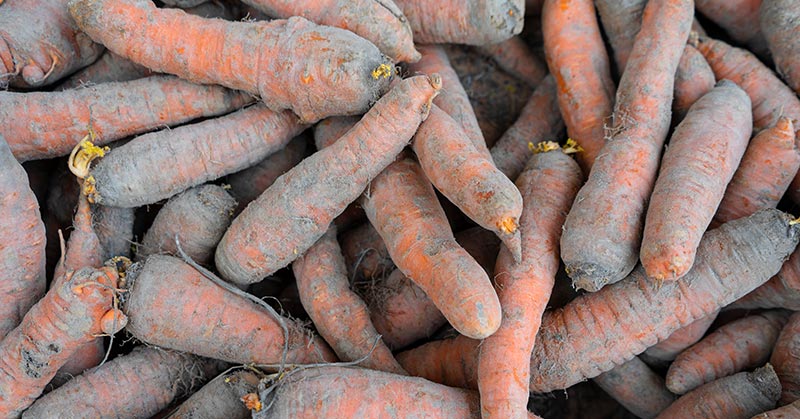
Proper storage is essential to keep your harvested carrots fresh and crisp. After harvesting, remove the green tops to prevent them from drawing moisture away from the roots. Rinse the carrots to remove any soil and let them dry completely before storing. Carrots can be stored in the refrigerator in a plastic bag or a container with a loose-fitting lid to maintain humidity.
For long-term storage, carrots can be kept in a cool, dark, and humid environment, such as a root cellar. Layer the carrots in a box filled with sand or sawdust to keep them fresh for several months. Regularly check your stored carrots for signs of spoilage and remove any that show signs of rot. Properly stored carrots retain their flavor and texture, providing a delicious addition to your meals throughout the winter.
Growing carrots can be a fun and rewarding gardening experience with the right knowledge and techniques. By following these expert tips, you’ll be well on your way to cultivating a healthy and bountiful carrot harvest.
